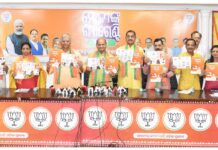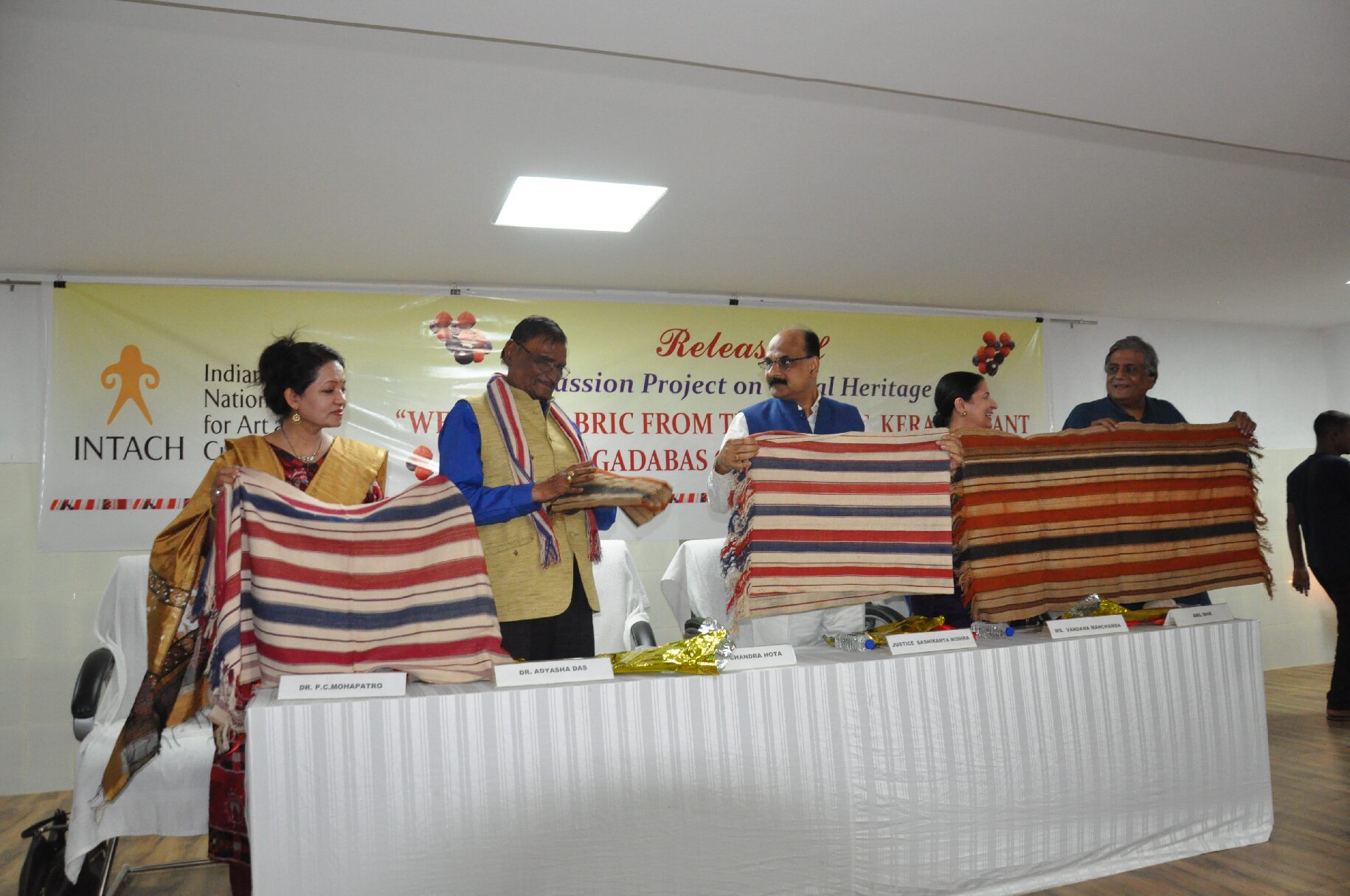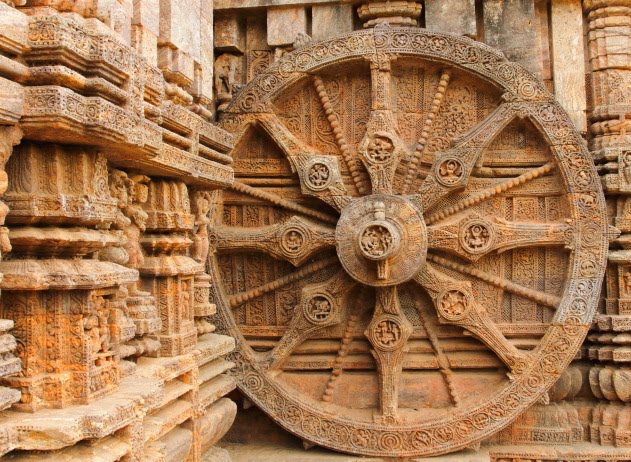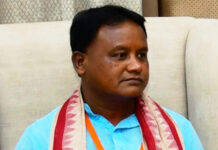The state of Odisha has a checkered history. It has seen many ups and downs. As it celebrates one more birthday we take a look at the past and the present.
Odisha has seen many ups and downs in its long and colourful history. It became a separate province on the 1st day of April, 1936 by the Government of India (Constitution of Orissa) Order, 1936. It was the first state carved out on a linguistic lines.
The newly formed state comprised portions of the then Bihar and Orissa Province, Madras Presidency and the Central Provinces. The province of Orissa was placed under the personal Rule of the Governor till the end of March, 1937. An Advisory Council consisting of 20 people was formed to advise the Governor on the administration of the provinces.
1937 – First Pre-Independent Assembly of Orissa(Under the Government of India Act, 1935)Under the Government of India Act, 1935 the strength of the Orissa Legislative Assembly was fixed at 60 that included four nominated members. Election was held from the 18th to 23rd of January, 1937, under limited franchise for 60 seats. The congress having secured 36 seats came into majority and Shri Bishwanath Das was elected the leader to form the first ever elected government of the state. However, Under the directive of the Congress High Command, Shri Das expressed his inability to accept the invitation to form the Ministry, unless the Governor assured that “he would not use his special powers of interference or set aside the advice of Ministers in regard to constitutional activities”. The Governor was however not prepared to give such assurance in view of the constitutional provisions.As the leader of the majority party refused to form Ministry and the Government was bent upon inaugurating the new constitutional scheme for provinces on scheduled time, the Governor appointed Shri Krushna Chandra Gajapati Narayan Deo, the Maharaja of Paralakhemundi,as the Prime Minister of Orissa on the 1st April, 1937. Besides the Prime Minister, Mandhata Gorachand Patnaik and Maulavi Latifur Rahman were two other Ministers in the Council of Ministers. After the Governor rendered an assurance, the political crisis was resolved and the interim Government resigned on the 13th July, 1937 and Shri Biswanath Das was appointed as the Prime Minister on the 19th July, 1937. The first Congress Ministry consisted of three Members; two other Ministers were Shri Nityananda Kanungo and Shri Bodharam .The first historic Session of this Assembly was held in the Ravenshaw College Hall, Cuttack on the 28th July, 1937. On the same day, Shri Mukunda Prasad Das and Shri Nanda Kishore Das were elected Speaker and Deputy Speaker, respectively. Babu Bichitrananda Das, a Member of the Assembly, conducted the election of Speaker. The outbreak of the second world war and the British Government’s decision to participate in it without having any discussion with the elected representatives led to nationwide protests by the Congress Government. As a mark of protests Congress Ministry, elected government functioning in different parts of the country, including Orissa resigned. Sri Bishwanath Das on the direction of the party high commands tendered his resignations to the Governor on 4th November, 1939.The Governor accepted the resignation and assumed direct responsibility for the administration of the province but the Assembly was kept under suspended animation. The Proclamation was revoked on the 23rd November, 1941.A coalition Ministry was sworn in on the 24th November, 1941 with Maharaja of Paralakhemundi as the Prime Minister and Pandit Godavarish Mishra and Maulavi Abdus Sobhan Khan as two other Members of the Council of Ministers. Due to difference of opinion among the partners in the coalition Government the Prime Minister resigned on the 20th June, 1944. However, the resignation of the Prime Minister and other Ministers were accepted on the 29th June, 1944 and from the 30th June, 1944, Odisha was placed under Governor’s Rule. Proclamation was revoked on the 23rd April 1946. The Assembly had altogether 10 sessions with 188 sitting days in all till it was dissolved on the 14th September, 1945. There was no separate Assembly Secretariat and its administration was put in charge of Law Department of the State Government. 1946 – Second Pre-Independent Assembly of Orissa Legislative Council
The election for the Second Provincial Assembly was held under limited franchise from the 4th April to 9th April, 1946. The newly elected members were administered oath on the 27th May, 1946 and the Assembly met for its First Session on the same day in the Ravenshaw College Hall, Cuttack. The Congress Party won 47 seats including 36 seats uncontested.The total number of seats were 60 and 4 of them were Nominated Members who were appointed on the advice of the Prime Minister.
Dr. Harekrushna Mahtab was elected leader of the Congress Party and formed the Ministry on the 23rd April, 1946. Shri Nabakrishna Choudhury, Pandit Lingaraj Mishra, Shri Nityananda Kanungo and Shri Radhakrushna Biswasray were the other members of the Council of Ministers. Mr. Lal Mohan Patnaik and Smt. A Laxmibai were elected as Speaker and Deputy Speaker respectively on the 29th May, 1946. Shri Lakshminarayan Sahu a Member of the Assembly conducted the election of the Speaker. Dr. Harekrushna Mahtab continued to hold this post ubtil 12th of May 1950 when he resigned to join as a cabinet Minister in the Central Government. Shri Nabakrushna Choudhury took over as the Chief Minister on the same day. Eversince the state has seen a number of changes with several ministries coming and going and stalwarts like Biju Patnaik leaving a mark on the sands of time. Though Biju babu was chief minister only for two terms he has been one of the tallest leaders of the state after Harekrushna Mahtab. Currently we are in the reign of his son, Naveen Patnaik who has already set a unique record by becoming chief minister Fourth time
. The state’s image has also changed drastically under him with a new phase of industrialization beginning. Unfortunately the state has not witnessed the kind of rise one would expect in spheres such as the progress of Oriya language. Even on the poverty index the state remains one of the poorest in the country despite industrialization. There was some attempt during the chief ministership of JB Patnaik to give Oriya the status of official language and make it compulsory for files to be dispensed with in that language but over the years the zeal seems to be dying down. The state, as it celebrates its one more birthday, would expect the rules to give it a decisive push in all spheres so that it rises and becomes what the forefathers had dreamt it of making.









































